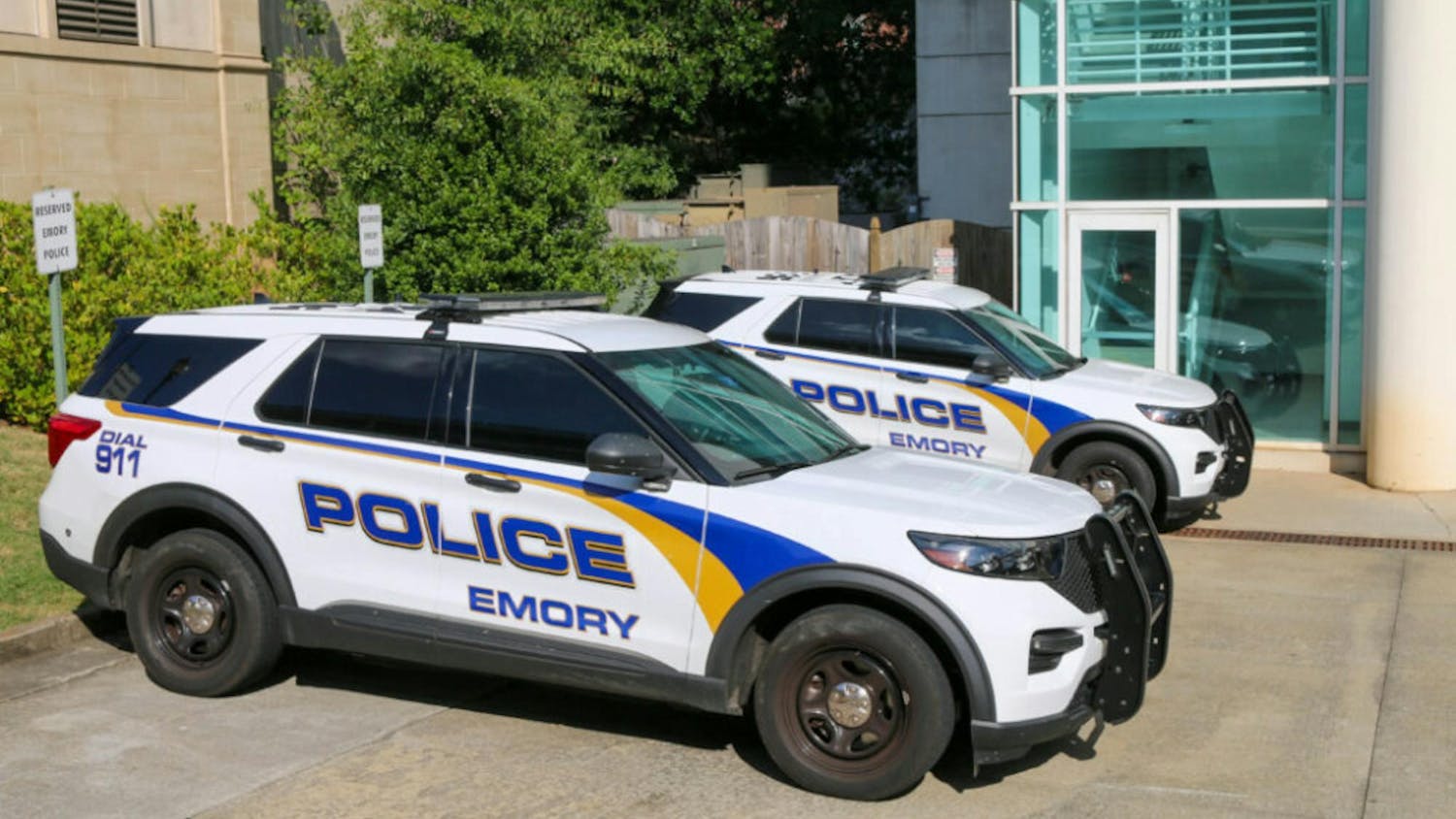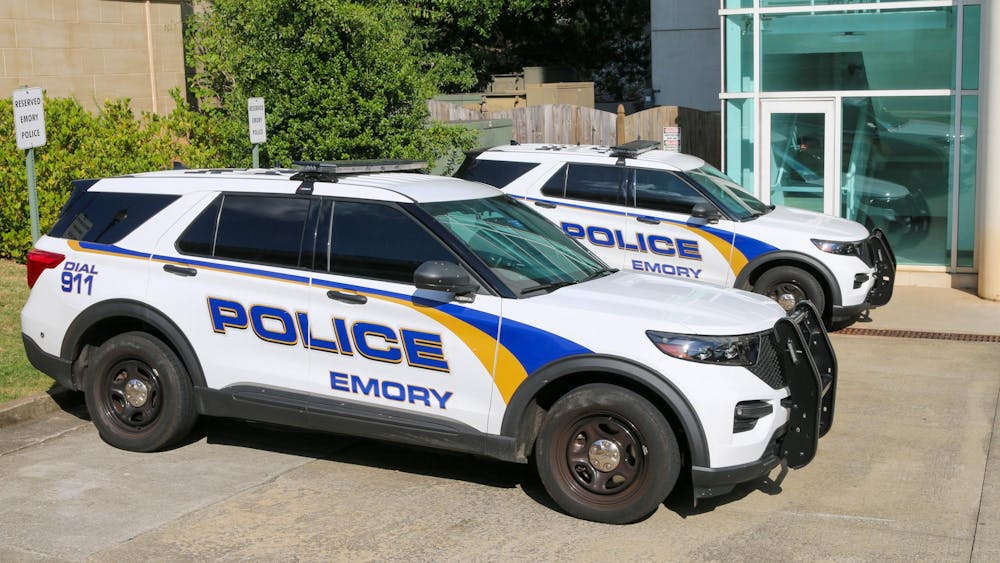For those who have stepped foot on campus the past few years, they undoubtedly have been welcomed by an unexpected furry group of the Emory community: cats. Within the last year, however, students have noticed these cats become more lively.
Approximately 20 in total, these friendly felines spend most of their time around the exit doors of the Dobbs Common Table (DCT) at the Emory Student Center (ESC). Most evenings, you can find students tending to a school of cats, petting them and offering them scraps of leftover dinner.
After Emory’s Auxiliary Services became aware of the animals’ presence, they quickly took restrictive action. Students who returned to campus this spring were greeted with signs asking them to not feed the cats because of a plan to humanely trap the animals for immediate spaying or neutering and vaccinations.
“Over a 10-day period Emory’s Auxiliary Services captured and treated over 20 cats following the trap, neuter, release and monitor method,” Assistant Vice President of Communications and Public Affairs Laura Diamond wrote in a Jan. 21 email to the Wheel. “We also posted ‘Do Not Feed Cats’ signs around Cox Hall, ESC, Tarbutton and Alabama where cats were sighted.”

Although the University has taken precautions, the cats’ origin is a mystery. Emory doesn’t “have information as to where the cats came from,” Diamond wrote.
William Gao (23C) has noticed the cats roaming around campus since he first arrived at Emory. He noticed them in fall 2019 almost exclusively lounging around Cox Bridge or outside Alabama Hall.
“I honestly don’t know if they were already here and they just became more comfortable because people started feeding them [this year],” Gao said. “But I definitely did not see as many [last year]. They seemed really scared.”
As the animals began prowling around the DCT, more students began to take notice of and welcome their presence.
“I feel like it just brightens people’s days watching them play,” Gabriella Crabtree (24C) said. “I love them. I’m not even a cat person but I still like interacting with them.”
Some students love the cats so much they refuse to sacrifice their affection and heed the University’s signs.
“I ignore the signs and don’t feel bad about it,” Bella Roeske (24C) said.
Amid the University’s ongoing efforts to curb the animals’ procreation, many students have noticed the amount of cats dwindling since the signs were first erected.
“I have been seeing them less,” Gao said. “I don’t know if that’s because of the actions of the University or because people have been feeding them less.”
Most students are in favor of the cats being spayed or neutered and vaccinated as a safety precaution, but they also hope the cats are returned to campus after.
“I’m a little confused by the signs,” Roeske said. “If you humanely catch the cats and they get neutered or spayed they should be fine the same day. And so I’m confused why the number has gone down if that’s all [the University] is doing.”
At a Jan. 27 College Council meeting, first-year legislator Khegan Meyers (24C) advocated for funds to build a cat house. Other legislators expressed discontent with current trapping efforts.
Although the University claims the cats are released on campus after treatment, many community members remain skeptical.
“If they’re actually [spaying, neutering and vaccinating] them and then bringing them back so the cats are safer, then I feel like that’s reasonable, as long as it benefits the cats,” Crabtree said. “But if they’re just saying that and just having them taken away then that’s not cool.”







